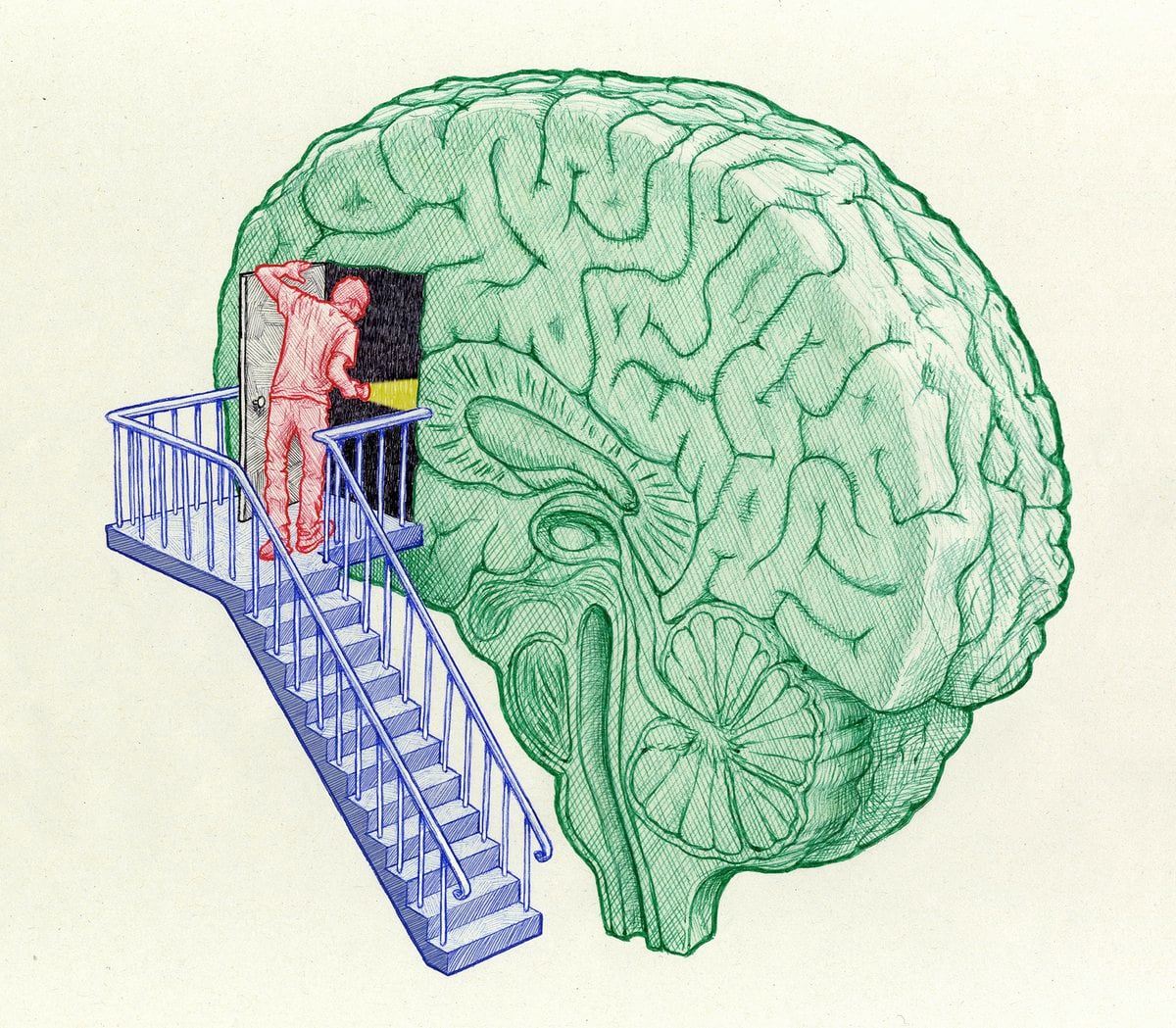Neuroscience is in fashion.
His myths, too.
Some of them are completely wrong, like we only use 10% of our neural capacity.
Other myths are born from very nuanced conclusions, such as the difference in the functions of the right and left cerebral hemispheres.
And others don't have empirical science to back them up, like Howard Gardner's classification of multiple intelligences.
It seems that we cannot unlearn, as much as we want to, or that mirror neurons are not the only ones that make us human.
The brain and the mind are complex to understand and much remains to be investigated.
But let's see some of the myths that have been dismantled and thus avoid falling into "neuroscientific" songs of sirens.
We start with one of the most widespread, thanks, in part, to the script of several Hollywood blockbuster movies: we do not use only 10% of our brain.
It is true that we have more abilities than we are often aware of.
But from there to assume that 90% of our brain is not working, it is incorrect.
In fact, as demonstrated by brain MRIs, our brains are almost always active and, barring damage, no specific neuronal area remains consistently dark on scans across multiple tests.
In addition, brain functions or even emotions themselves are less localized than previously assumed, according to Barry L. Beyerstein, author of different articles in which he debunks this movie myth,
We do not have three brains, as many times have been tried to explain in order to understand ourselves and our reactions.
In 1990 Paul MacLean, a researcher at Yale University, proposed the triune brain theory, according to which our brain is the result of evolution.
It has differentiated parts (reptilian, limbic and neocortex) and defined functions in each of them.
As with myths, this theory was popularized by others, such as Carl Sagan's novel and later proposals for emotional intelligence.
However, recent brain scan results have shown that this differentiation is a good metaphor, but it is not true.
The brain works as a whole before the different stimuli, although there is some part more involved.
For example, when we feel something,
not only the limbic system operates but also the neocortex.
Or our so-called reptilian brain is involved with functions of perception, cognition, or even emotion.
The same happens with the difference between the right and left hemispheres, which is also not precise.
It is true that there are areas of specialization, but, again, the brain acts as a whole.
If we want to become an expert, we don't need 10,000 hours of repetition.
Again a
best seller
popularizes a study.
In this case, it was done by Anders Ericsson, a professor at Florida State University, after analyzing what characterized the best violinists.
The
best seller
came from the hand of the journalist Malcolm Gladwell in 2008 with his book
Outliers
, who coined the “10,000 hour rule”, declaring it to be “the magic number of greatness”.
But, once again, it is not correct.
Making that number of hours of investment does not guarantee greatness, as various studies have shown.
It has even been said that repeated practice only represents, in the best of cases, a quarter of the keys to success, according to a meta-analysis carried out in various specialties.
Subsequent research on success also confirms the need not to focus only on a single task and repeat it ad nauseam, but to open up to learning very different types of knowledge, as David Epstein collects in the book
Amplitude
(Active Company, 2020).
Attachment theory is also nuanced.
The relationship we have had with our parents does not determine how we are going to relate as adults.
This theory from the 1960s suggests that the type of bond that is generated before the age of 18 months with caregivers (secure, anxious, ambivalent or avoidant and disorganized attachment) justifies our relationships as adults.
Well, leaving aside the traumatic experiences, later studies from the University of Illinois dismantle this theory.
We can feel insecure in our personal relationships not because of the attachment we had as children, but because of situations that we have recently experienced.
Similarly, the influence of other factors conditions our relationships, such as the treatment received by teachers, the quality of friendship... As Chris Fraley concludes,
professor at the University of Illinois, “I compare human development with meteorology.
You could say: 'It's very humid, so it's going to rain', but whether it rains depends on multiple factors”.
Using this metaphor, our character also depends on a host of factors that are difficult to predict.
Pilar Jericó is the coordinator of the
Laboratory of Happiness
blog .
50% off
Subscribe to continue reading
read without limits
Keep reading
I'm already a subscriber

